Home>Garden Essentials>What Is A Good Soil Mix For Indoor Plants
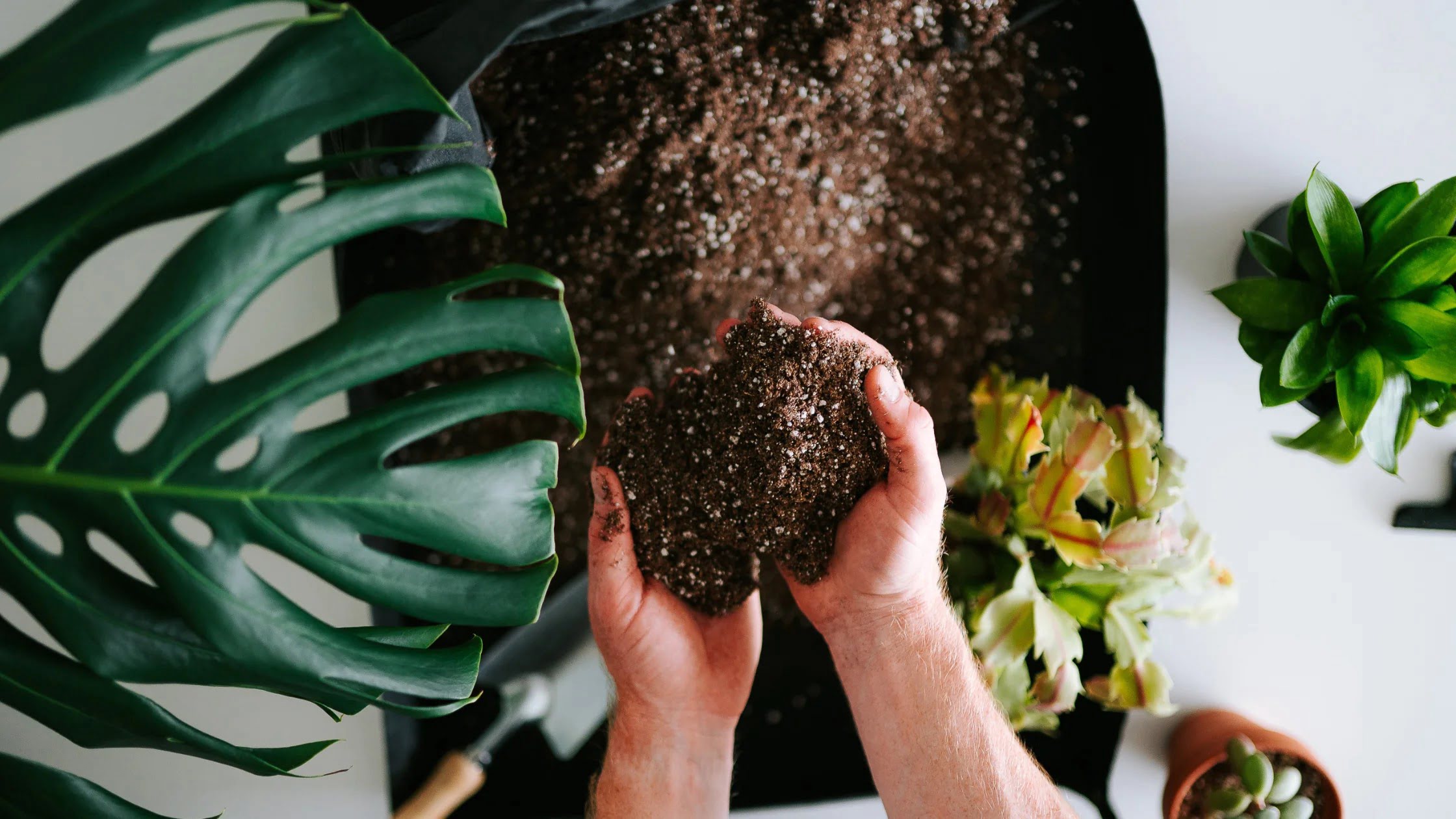

Garden Essentials
What Is A Good Soil Mix For Indoor Plants
Modified: March 15, 2024
Discover the perfect garden soil mix for your indoor plants. Learn how to create a nutrient-rich blend to promote healthy growth and vibrant foliage.
(Many of the links in this article redirect to a specific reviewed product. Your purchase of these products through affiliate links helps to generate commission for Storables.com, at no extra cost. Learn more)
Introduction
When it comes to growing healthy and thriving indoor plants, having a good soil mix is essential. The soil serves as the foundation for your plants, providing them with the necessary nutrients, moisture, and support they need to grow and flourish.
Unlike outdoor plants that have access to natural soil ecosystems, indoor plants rely solely on the soil in their containers. This makes it even more crucial to create the right soil mix that can mimic the conditions of their natural habitat.
In this article, we will explore the importance of a good soil mix for indoor plants and discuss the factors to consider when creating one. We will also delve into the basic components of a soil mix, the ratios and proportions to use, and common additives that can enhance plant growth. Additionally, we will touch on the importance of testing and adjusting soil pH for indoor plants, as well as the best practices for using soil mixes to ensure optimal plant health.
Whether you are a seasoned indoor gardening enthusiast or just starting out, understanding the importance of a good soil mix will greatly contribute to the success of your indoor plants. So, let’s dig in and discover how to create the perfect soil mix for your indoor garden.
Key Takeaways:
- Creating a good soil mix for indoor plants is crucial for their health. It provides nutrients, water, and stability, promoting lush foliage and vibrant blooms. Understanding plant needs and soil components is key to success.
- Adjusting soil pH and using proper watering and maintenance practices are essential for indoor plant care. By nurturing your plants with the right soil mix and care, you can enjoy a thriving indoor garden.
Read more: What Is A Good Soil Mix
Importance of a Good Soil Mix for Indoor Plants
A good soil mix is crucial for the health and vitality of indoor plants. It provides a stable medium for plant roots to anchor and access essential nutrients, water, and oxygen. Here are some key reasons why a good soil mix is important for indoor plants:
- Nutrient Availability: A well-balanced soil mix ensures that plants have access to the necessary nutrients they need to thrive. It contains a combination of macro and micronutrients, such as nitrogen, phosphorus, potassium, calcium, and magnesium, which are essential for plant growth. Without these nutrients, plants may exhibit stunted growth, yellowing leaves, and overall poor health.
- Water Retention and Drainage: Indoor plants require adequate moisture for their survival. A good soil mix retains water effectively, providing a constant source of hydration for the plants. At the same time, it also allows excess water to drain away, preventing root rot and other water-related issues. Proper water retention and drainage ensure that plants receive the right amount of moisture without becoming waterlogged.
- Aeration and Oxygen Exchange: Plant roots require oxygen for respiration. A well-structured soil mix allows for proper aeration, ensuring that oxygen reaches the roots. This promotes healthy root development and enables efficient nutrient uptake. In contrast, compacted or poorly aerated soil can suffocate plant roots and lead to root diseases.
- Support and Stability: Indoor plants rely on the soil to hold them in place and provide stability. A good soil mix has the right texture and structure to support the root system and prevent plants from toppling over. This is especially important for taller or top-heavy plants that may require additional support.
- Optimal pH Levels: Different plants have different pH preferences. A good soil mix allows you to tailor the pH levels to match the specific needs of your indoor plants. This ensures that the soil pH is within the optimal range for nutrient availability and uptake. Proper pH levels prevent nutrient deficiencies or toxicities, promoting overall plant health.
Overall, a good soil mix provides the foundation for healthy indoor plants. It not only supplies essential nutrients and moisture, but also supports root growth, ensures proper oxygen exchange, and maintains optimal pH levels. By using a high-quality soil mix, you can create an optimal environment for your indoor plants to thrive, leading to lush foliage, vibrant blooms, and overall plant success.
Factors to Consider for Indoor Soil Mixes
When it comes to creating a soil mix for indoor plants, there are several important factors to consider. These factors will help you create a soil mix that meets the specific needs of your plants and provides them with the best growing environment. Here are some key factors to keep in mind:
- Plant Species: Different plant species have different soil requirements. Some plants prefer well-draining soil, while others thrive in moisture-retentive soil. It’s important to research the specific needs of your plants and choose a soil mix that aligns with those requirements.
- Container Type: The type of container you are using for your indoor plants can influence the soil mix. For example, plants in clay pots may require a soil mix that retains more moisture, while plants in containers with drainage holes may need a well-draining mix.
- Environmental Conditions: Consider the environmental conditions in your indoor space. Factors such as temperature, humidity levels, and air circulation can impact the moisture retention and drainage properties of the soil mix. Adapt your soil mix accordingly to accommodate these conditions.
- Personal Preferences: Your personal gardening preferences and practices can also guide your soil mix choices. For example, some gardeners prefer organic soil mixes to promote sustainability, while others may opt for synthetic mixes for specific plant needs.
By taking these factors into account, you can customize your soil mix to create an optimal environment for your indoor plants. This tailored approach will help ensure that your plants receive the right balance of moisture, nutrients, and oxygen, resulting in healthy and thriving foliage.
Next, let’s explore the basic components of a good soil mix for indoor plants.
Basic Components of a Good Soil Mix for Indoor Plants
A good soil mix for indoor plants consists of various components that work together to provide a balanced growing medium. These components ensure proper water retention, drainage, nutrient availability, and aeration. Here are the basic components of a good soil mix:
- Loam: Loam is a well-balanced soil type that contains a mixture of sand, silt, and clay. It provides good drainage while retaining enough moisture for plant roots to access. Loam is often considered the ideal base for soil mixes.
- Organic Matter: Adding organic matter such as compost, well-rotted manure, or leaf mold to the soil mix enhances its water-holding capacity, nutrient content, and overall structure. Organic matter also encourages beneficial microbial activity in the soil.
- Perlite: Perlite is a lightweight material made from volcanic glass. It improves soil aeration and drainage by preventing compaction. Perlite also helps prevent waterlogging and provides a well-ventilated environment for healthy root growth.
- Vermiculite: Vermiculite is another lightweight material that absorbs and holds water, preventing soil dehydration. It also aids in nutrient retention and provides a favorable environment for root development.
- Coconut Coir: Coconut coir is a sustainable alternative to peat moss and is obtained from coconut husks. It helps retain moisture, improves soil structure, and promotes proper aeration. Coconut coir is an excellent addition to soil mixes, particularly for plants that prefer moisture-retentive environments.
- Mineral Ingredients: Depending on the plant’s specific needs, you may include mineral ingredients such as limestone, gypsum, or rock dust to adjust the pH level of the soil mix and provide additional nutrients.
These basic components can be combined in different ratios to create a soil mix that suits the needs of your indoor plants. Experimenting with different proportions can help you find the perfect blend that promotes optimal plant growth and health.
Now that we’ve explored the components of a good soil mix, let’s move on to discussing the correct ratios and proportions to use for indoor soil mixes.
Choosing the Right Ratios and Proportions for Indoor Soil Mixes
Choosing the right ratios and proportions of the components in your indoor soil mix is crucial for creating a balanced growing medium. The ideal ratios will depend on the specific needs of your plants and the growing conditions in your indoor space. Here are some guidelines to consider when determining the ratios and proportions:
- Loam to Organic Matter: A common ratio is a 1:1 ratio of loam to organic matter. This provides a well-balanced soil mix with proper moisture retention and drainage. Adjust the ratio if your plants require more moisture retention or better drainage.
- Perlite and Vermiculite: Adding perlite and vermiculite to the soil mix helps improve aeration and drainage. A common proportion is to include 20-30% perlite and 10-20% vermiculite in the mix. However, you can adjust these proportions based on the moisture needs of your plants.
- Coconut Coir: If you choose to incorporate coconut coir into your soil mix, aim for a ratio of 20-30% coconut coir to enhance moisture retention. Adjust the ratio based on the moisture requirements of your plants.
- Mineral Ingredients: The proportions of mineral ingredients like limestone, gypsum, or rock dust will depend on the specific needs of your plants and the soil pH requirements. It’s best to refer to plant-specific guidelines or perform a soil test to determine the correct proportions for adjusting pH levels.
Remember that these ratios and proportions are not set in stone and can be adjusted based on the specific needs of your plants. It’s essential to monitor your plants closely and make adjustments to the soil mix if needed. Each plant may have slightly different requirements, so it’s important to observe their growth and make changes accordingly.
Now that you have an understanding of the ratios and proportions, let’s explore some common additives that can enhance the quality of indoor soil mixes.
A good soil mix for indoor plants should be well-draining and nutrient-rich. A mix of potting soil, perlite, and peat moss in equal parts is a great option.
Common Additives for Indoor Soil Mixes
In addition to the basic components, there are several common additives that can be incorporated into indoor soil mixes to enhance their quality and provide additional benefits for your plants. These additives can improve water retention, nutrient availability, and overall soil structure. Here are some commonly used additives for indoor soil mixes:
- Worm Castings: Worm castings are rich in organic matter and beneficial microorganisms. They improve soil structure, enhance nutrient availability, and promote healthy root growth.
- Pumice: Pumice is a lightweight volcanic rock that helps improve soil drainage while retaining some moisture. It also aids in preventing compaction and improving aeration for plant roots.
- Composted Rice Hulls: Composted rice hulls are a sustainable alternative to perlite. They provide excellent drainage, improve soil structure, and promote root development.
- Biochar: Biochar is a charcoal-like substance produced from organic waste. It improves soil fertility, water retention, and nutrient availability by increasing microbial activity and enhancing soil structure.
- Earthworm Compost: Earthworm compost, also known as vermicompost, is a nutrient-rich organic fertilizer produced through the digestion of organic matter by earthworms. It improves soil structure, enriches the soil with essential nutrients, and enhances microbial activity.
- Fish Emulsion: Fish emulsion is derived from fish waste and is a rich source of nutrients such as nitrogen, phosphorus, and potassium. It enhances soil fertility and promotes healthy plant growth.
These common additives can be mixed into your soil mix based on the specific needs of your indoor plants. It’s important to follow the recommended application rates for each additive and consider the preferences and requirements of your plants.
Now that we’ve explored common additives, let’s move on to the importance of testing and adjusting soil pH for indoor plants.
Testing and Adjusting Soil pH for Indoor Plants
Testing and adjusting the soil pH for indoor plants is crucial for creating an environment that is conducive to optimal plant growth. Soil pH determines the availability of essential nutrients to plants, as different pH levels affect nutrient solubility. Here’s a guide on how to test and adjust soil pH for your indoor plants:
- Soil pH Testing: Start by conducting a soil pH test using a pH meter or a soil testing kit. Follow the instructions provided with the test kit to obtain an accurate measurement of your soil pH. The ideal pH range for most indoor plants is slightly acidic to neutral, around 6.0 to 7.0.
- Adjusting Soil pH: If your soil pH test reveals that the pH level is too high (alkaline), you can lower it by adding amendments such as elemental sulfur, sulfuric acid, or organic materials like peat moss. These amendments help to increase soil acidity. If the pH level is too low (acidic), you can raise it by incorporating limestone or wood ash into the soil mix. These amendments help to increase soil alkalinity.
- Gradual Adjustments: It’s important to make gradual adjustments to soil pH rather than drastic changes. Sudden pH shifts can be stressful to plants. Monitor the pH changes over time and make adjustments gradually until you reach the desired pH range.
- Plant-Specific Preferences: Keep in mind that different plants have different pH preferences. Some plants, such as acid-loving plants like azaleas and blueberries, prefer more acidic soil with a lower pH. Research the specific pH preferences of your indoor plants to ensure you provide them with the optimal pH range for their growth.
- Re-testing: It’s a good practice to re-test the soil pH periodically, especially if you notice changes in plant health or nutrient deficiencies. Regular monitoring allows you to make any necessary adjustments to maintain the ideal pH range for your plants.
By testing and adjusting the soil pH for your indoor plants, you can ensure that they have access to the necessary nutrients for healthy growth and development. Creating an optimal pH environment will help prevent nutrient deficiencies or toxicities and promote overall plant vigor and vitality.
Now that we’ve explored the importance of soil pH, let’s move on to discussing the best practices for using soil mixes for indoor plants.
Best Practices for Using Soil Mixes for Indoor Plants
Using soil mixes correctly is crucial for the success and longevity of your indoor plants. These best practices will help you create an optimal environment and ensure the health and well-being of your plants:
- Choose the Right Container: Select containers with proper drainage holes to prevent waterlogged soil. The container size should be appropriate for the plant’s root system and allow for healthy growth.
- Preparation and Sterilization: Before using a soil mix, ensure that it is clean and free from pests and diseases. Sterilize the soil mix if necessary, especially if you are reusing it or collecting soil from your garden.
- Appropriate Watering: Water your indoor plants appropriately, taking into consideration their water requirements and the moisture-retention properties of the soil mix. Avoid overwatering, as it can lead to root rot, and underwatering, which can cause plants to wilt and suffer from nutrient deficiencies.
- Fertilization: Supplement your indoor plants with appropriate fertilizers based on their nutritional needs. Organic fertilizers can gradually release nutrients, while synthetic fertilizers provide immediate nourishment. Follow the recommended dosage and frequency of application, adjusting as needed.
- Monitor Drainage: Observe how water drains from the container to ensure that the soil mix has adequate drainage. Stagnant water can lead to root rot and other moisture-related issues. If needed, adjust the soil mix composition or container drainage to improve drainage.
- Regular Inspections: Regularly inspect your plants for signs of pests, diseases, or nutrient deficiencies. Early detection allows for prompt treatment and prevention of further damage. Keep an eye out for any changes in plant growth, foliage appearance, or overall health.
- Repotting: As your indoor plants grow, they may outgrow their containers and root space. Monitor the root growth and repot your plants as needed to provide sufficient room for healthy root development.
- Proper Maintenance: Clean your indoor plant containers and replace your soil mix periodically to ensure the long-term health of your plants. This prevents the buildup of salts, minerals, and harmful pathogens that can affect plant growth.
By following these best practices, you can create a nurturing environment for your indoor plants and maximize their growth potential. Remember that each plant has its own unique needs, so observing and understanding the specific requirements of your plants will contribute to their overall well-being and success.
As we conclude our exploration of soil mixes for indoor plants, we hope that you have gained valuable insights into creating the perfect soil mix and nurturing your indoor garden. Happy gardening!
Conclusion
A good soil mix is the foundation of healthy and thriving indoor plants. By understanding the importance of soil quality and composition, you can create an optimal environment that provides the necessary nutrients, moisture, and support for your plants’ growth and well-being.
Throughout this article, we have explored various aspects of soil mixes for indoor plants. We discussed the factors to consider when creating a soil mix, including the specific needs of your plants, the type of container used, and the environmental conditions in your indoor space.
We also delved into the basic components of a good soil mix, such as loam, organic matter, perlite, and vermiculite, and highlighted the importance of choosing the right ratios and proportions to meet the unique requirements of your plants.
Additives such as worm castings, pumice, coconut coir, and biochar can further enhance the quality of your soil mix, providing additional benefits for plant growth and development.
We also emphasized the significance of testing and adjusting soil pH for indoor plants, as well as provided guidance on using best practices for utilizing soil mixes effectively. By testing pH levels, making gradual adjustments, and monitoring plant health, you can create a pH-balanced environment that enables optimal nutrient uptake.
To ensure the success of your indoor plants, it is essential to practice proper watering, fertilization, regular inspections, and maintenance. These practices will help you detect and address any issues early on, promoting the overall health and longevity of your plants.
Remember, cultivating indoor plants is a rewarding journey that requires patience, observation, and a bit of experimentation. As you learn and adapt to the unique needs of your plants, you will witness the beauty and satisfaction of watching them thrive and flourish in their indoor habitat.
So, go ahead and create the perfect soil mix for your indoor plants. With the right combination of components, ratios, and practices, you can create a nurturing environment for your green companions and enjoy the many benefits of having an indoor garden.
Happy gardening!
Frequently Asked Questions about What Is A Good Soil Mix For Indoor Plants
Was this page helpful?
At Storables.com, we guarantee accurate and reliable information. Our content, validated by Expert Board Contributors, is crafted following stringent Editorial Policies. We're committed to providing you with well-researched, expert-backed insights for all your informational needs.
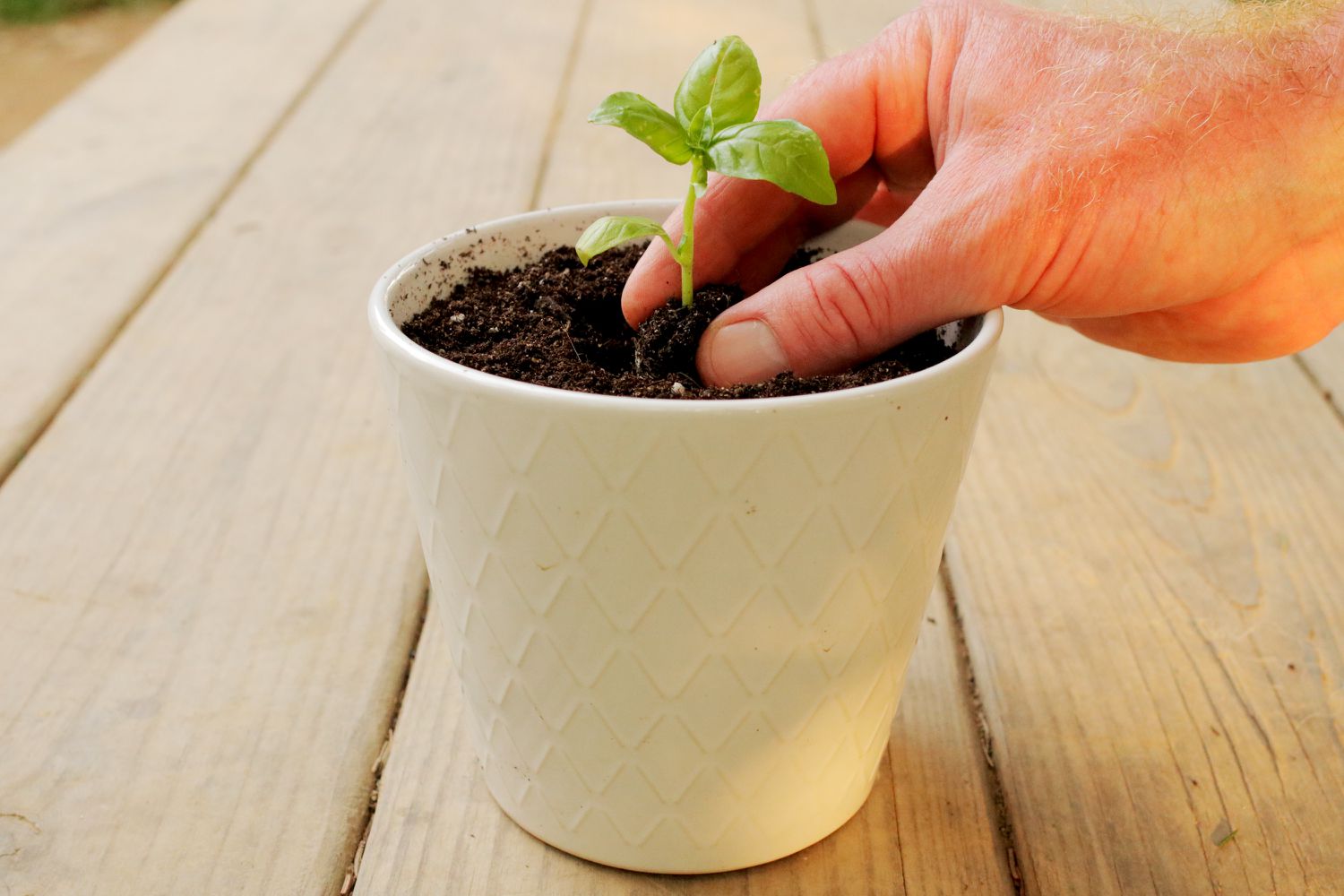
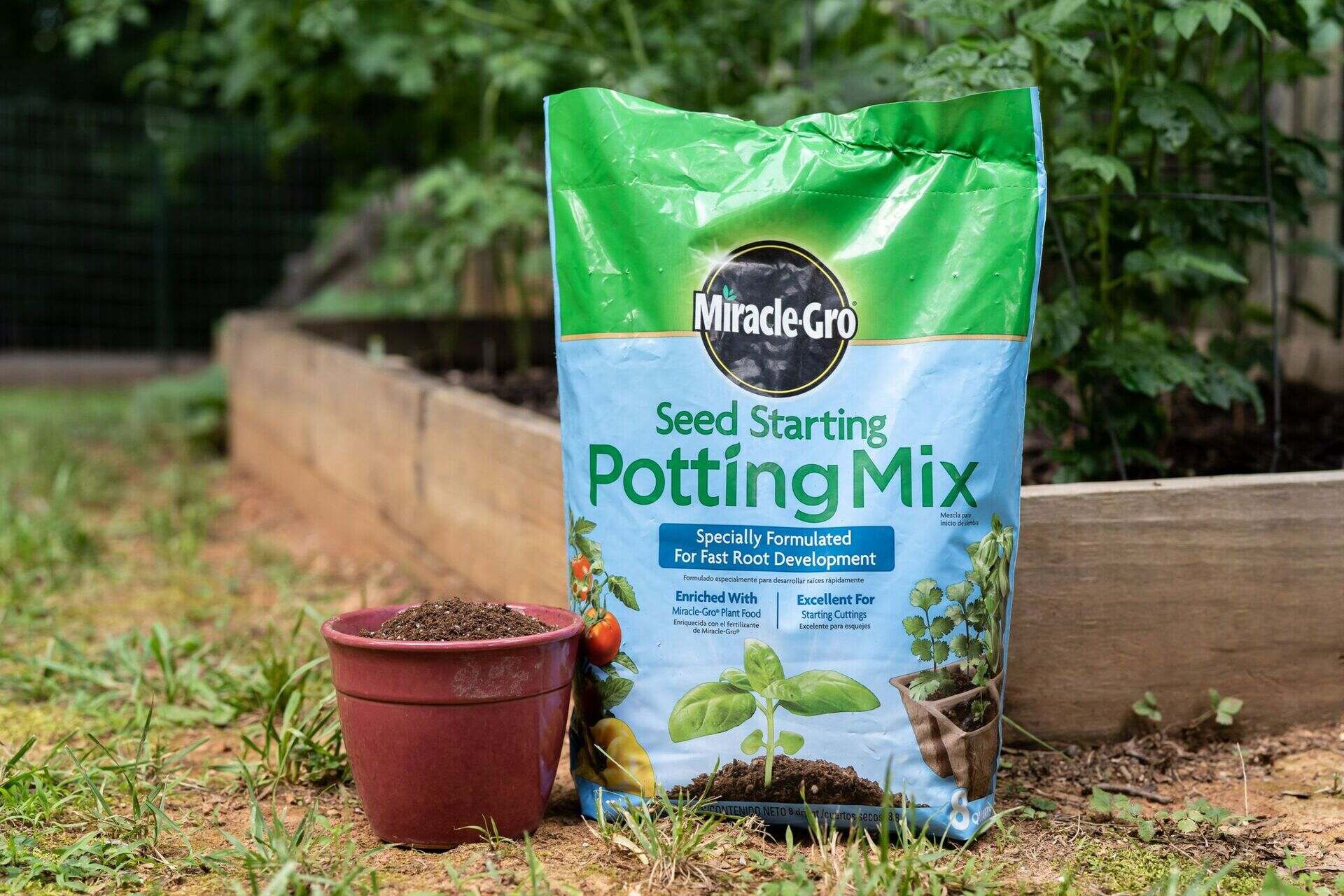
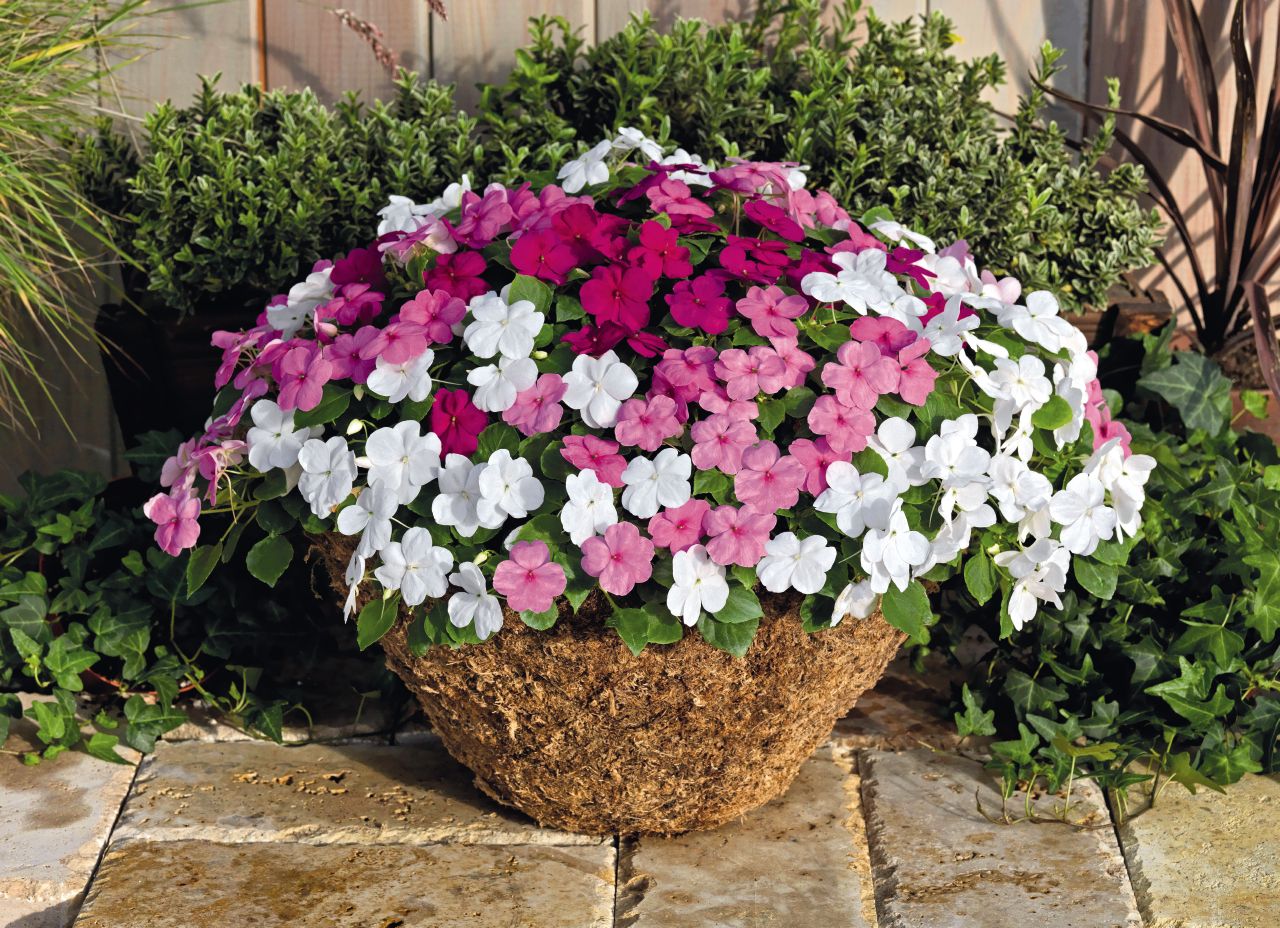
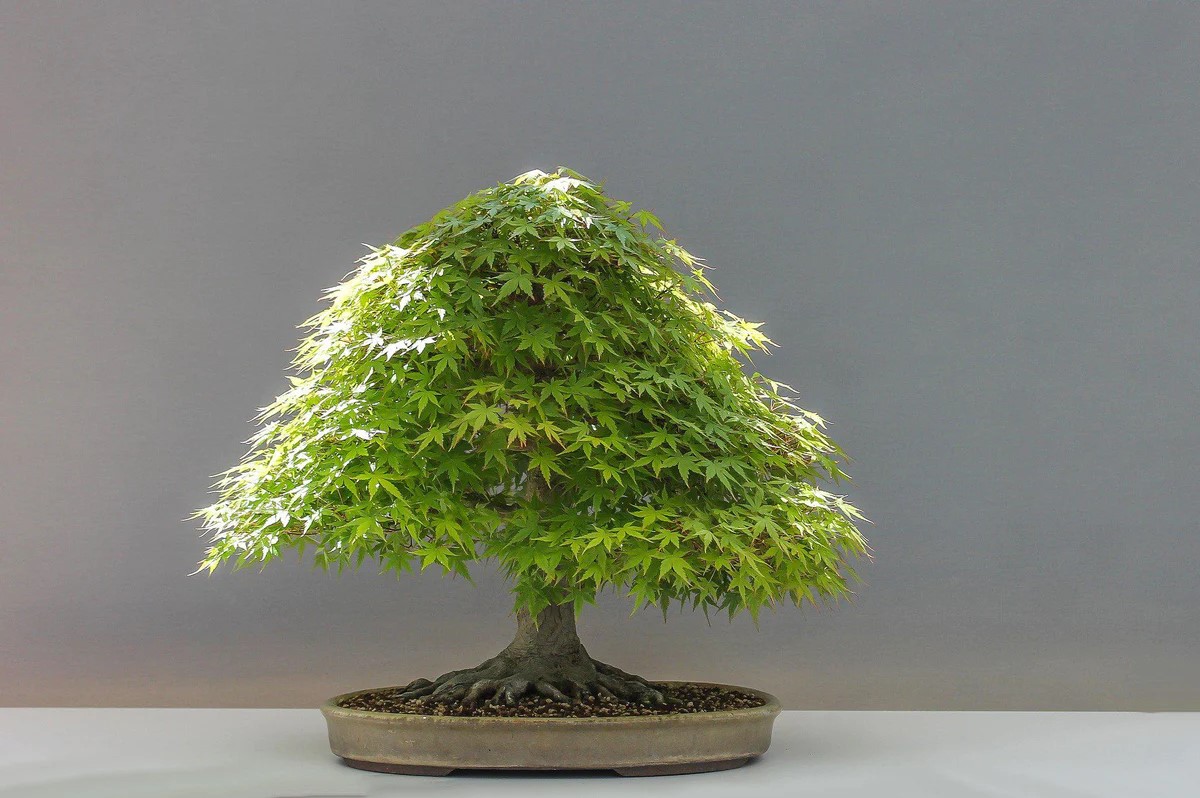
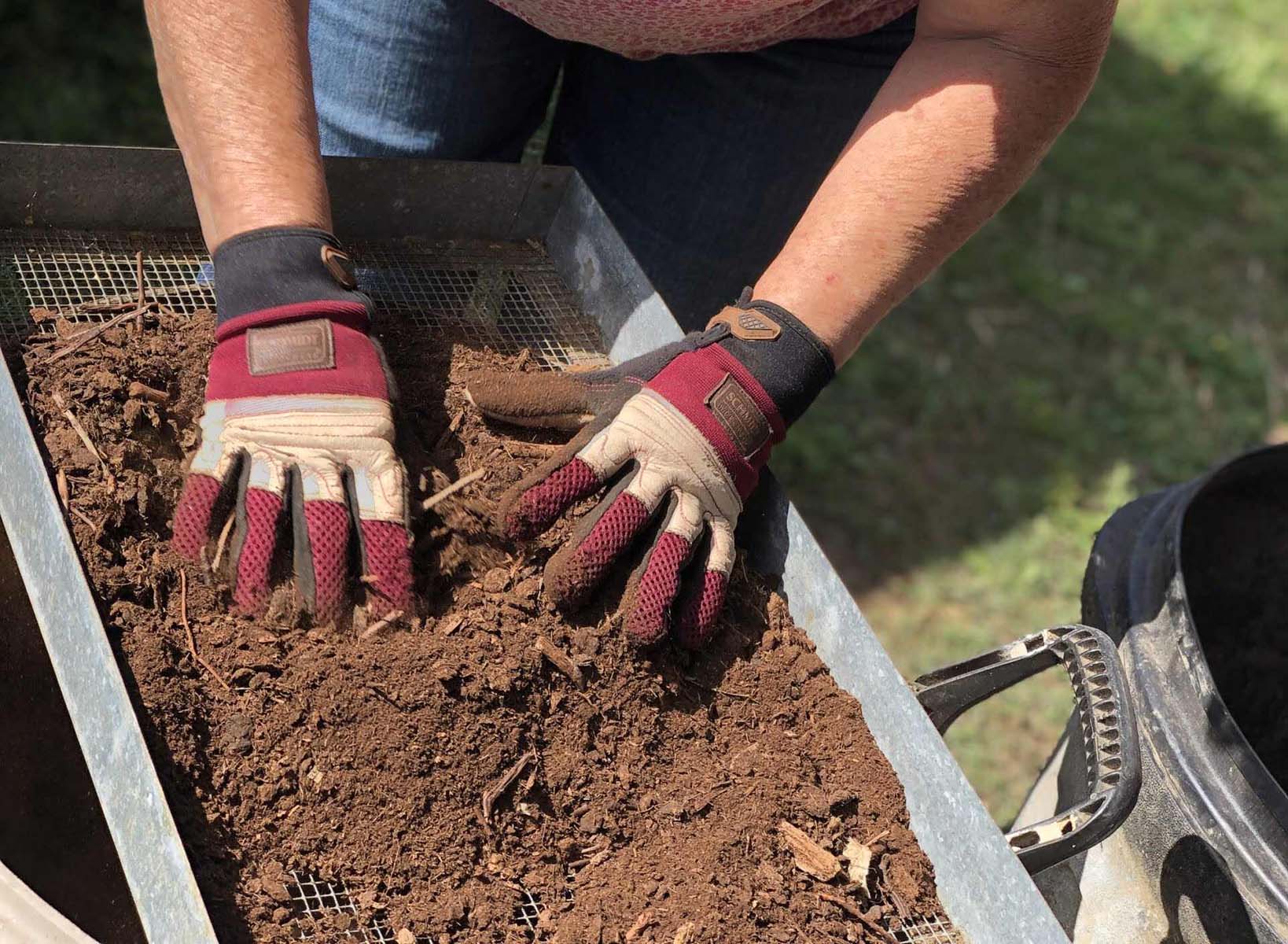
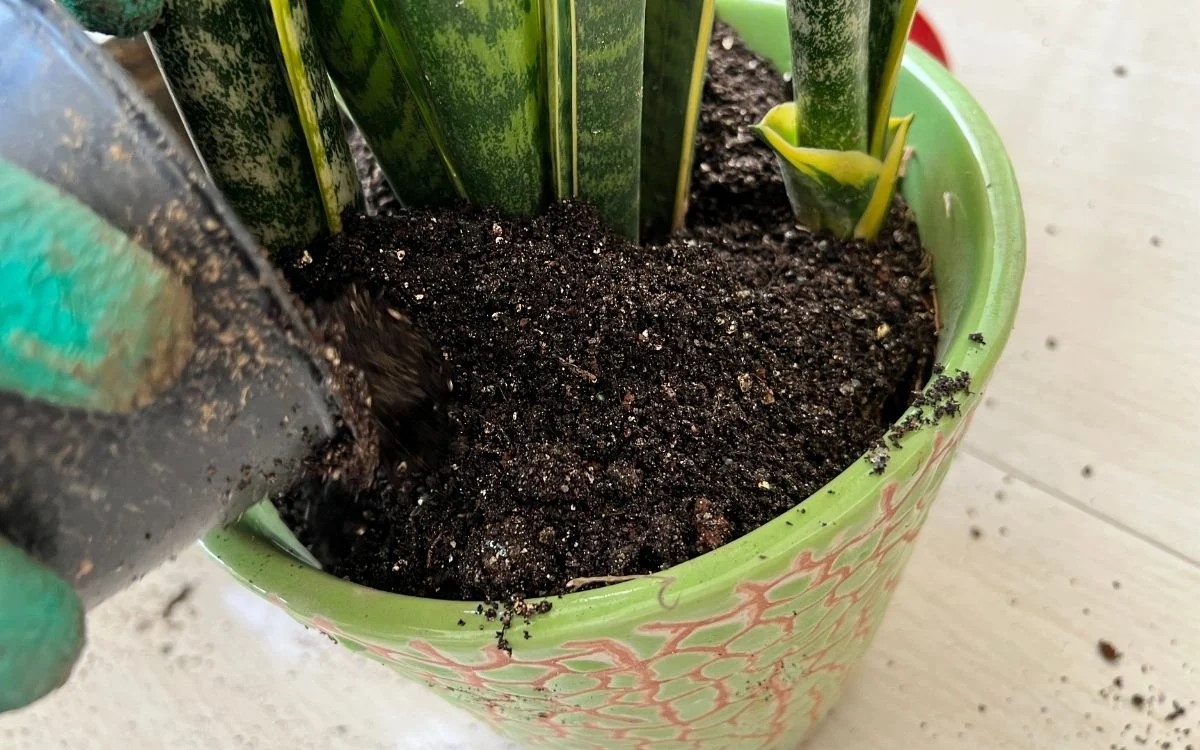
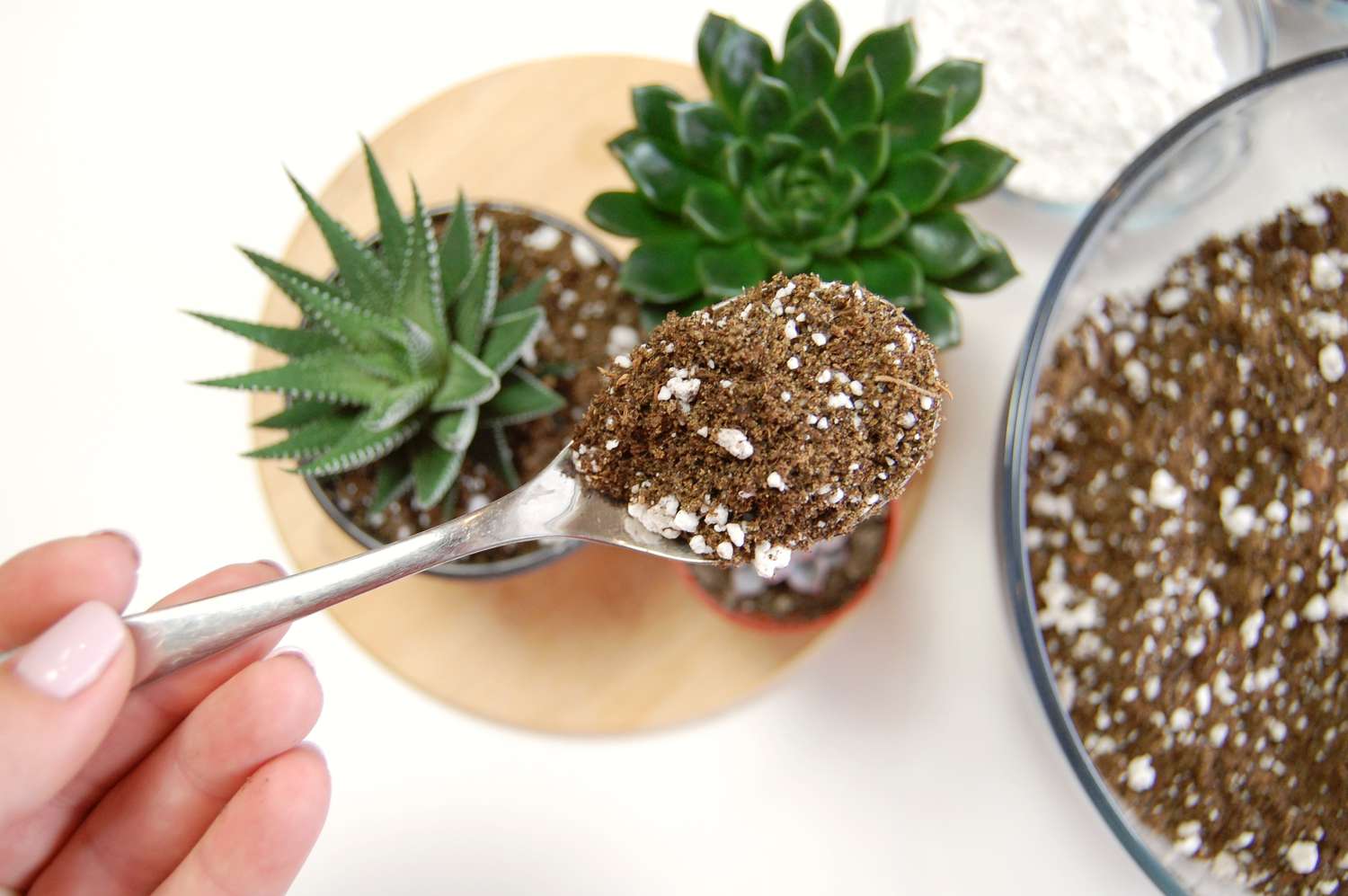
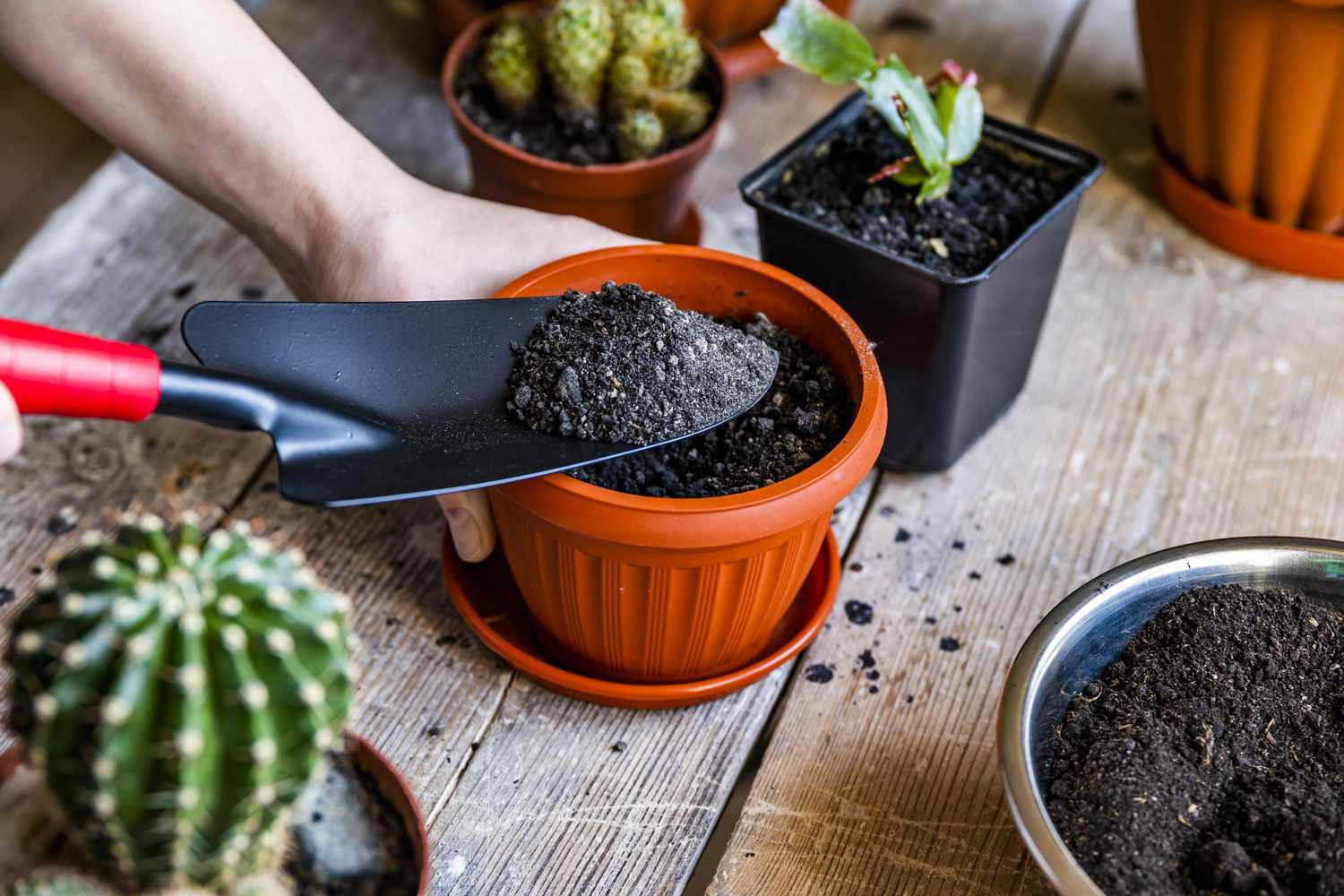
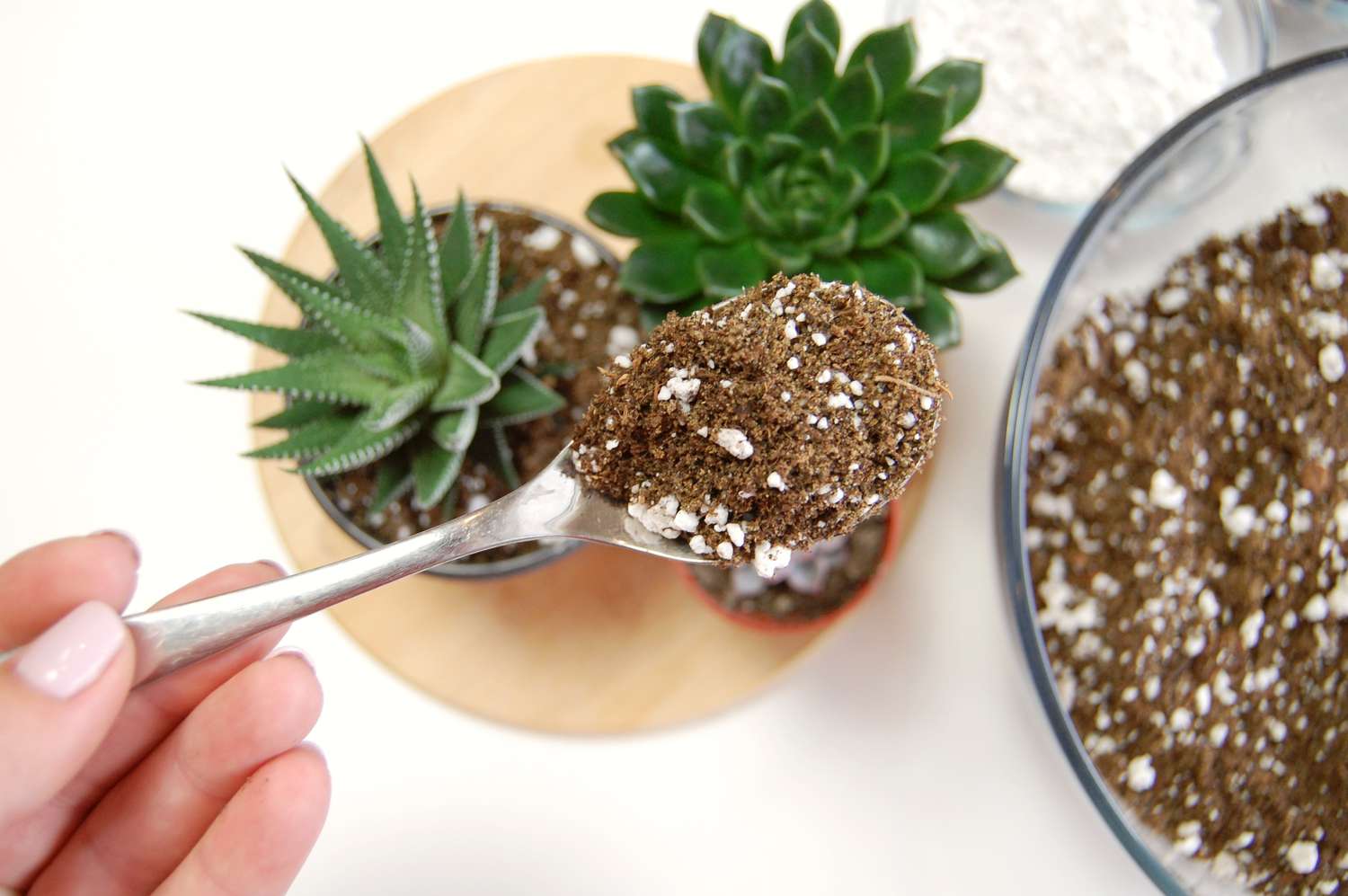
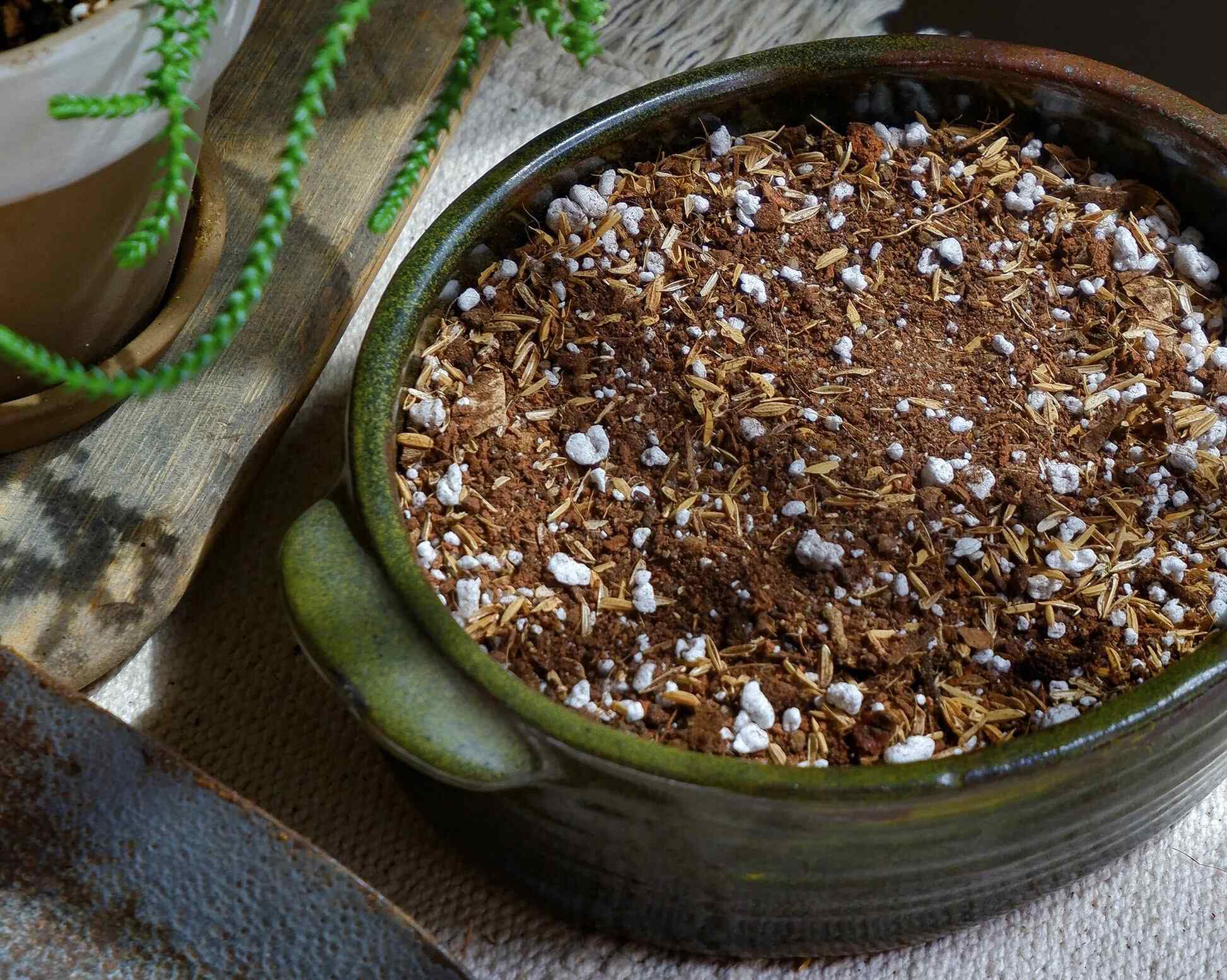
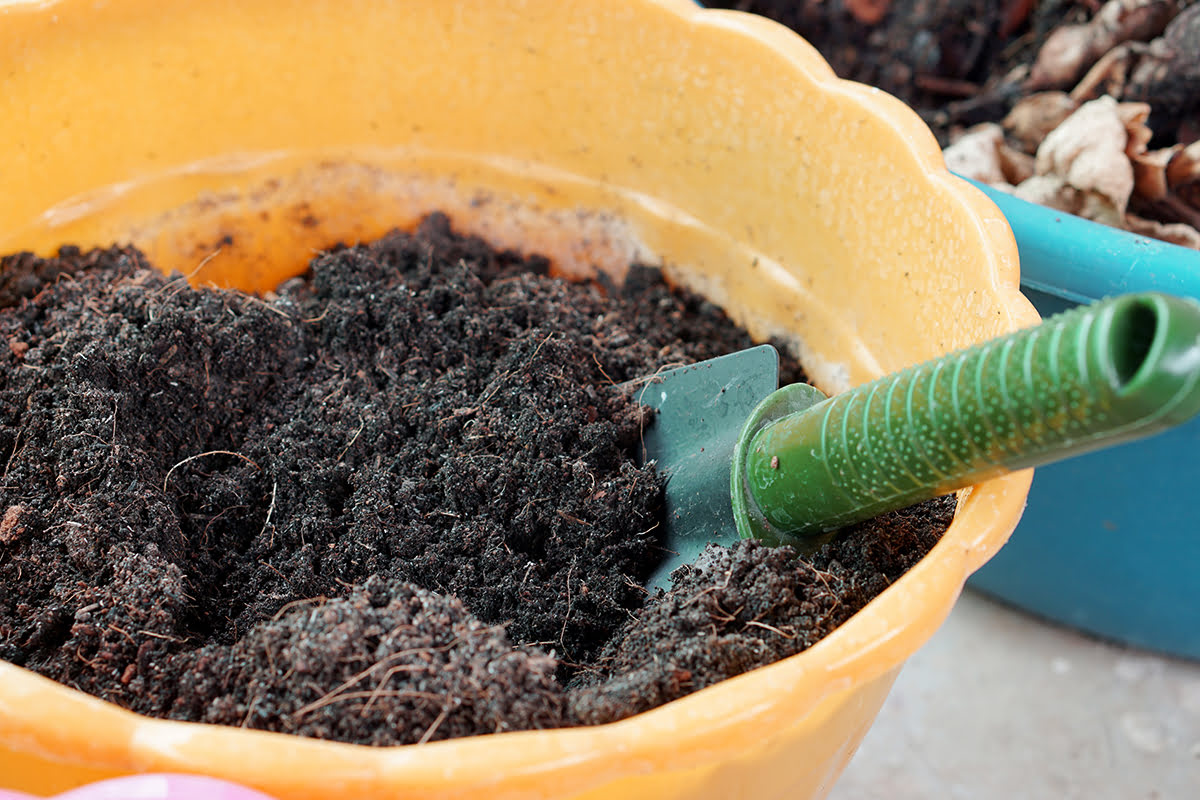
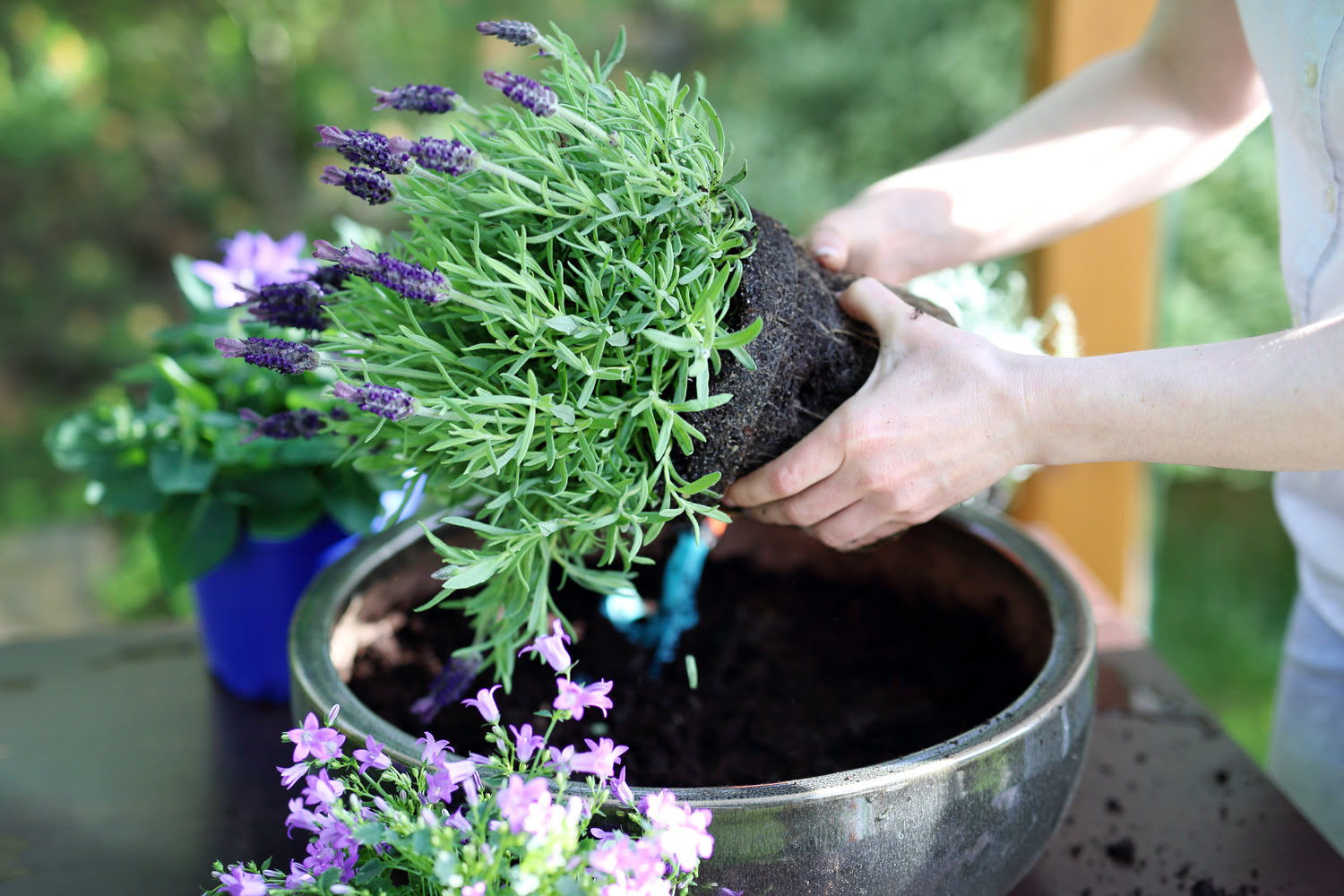
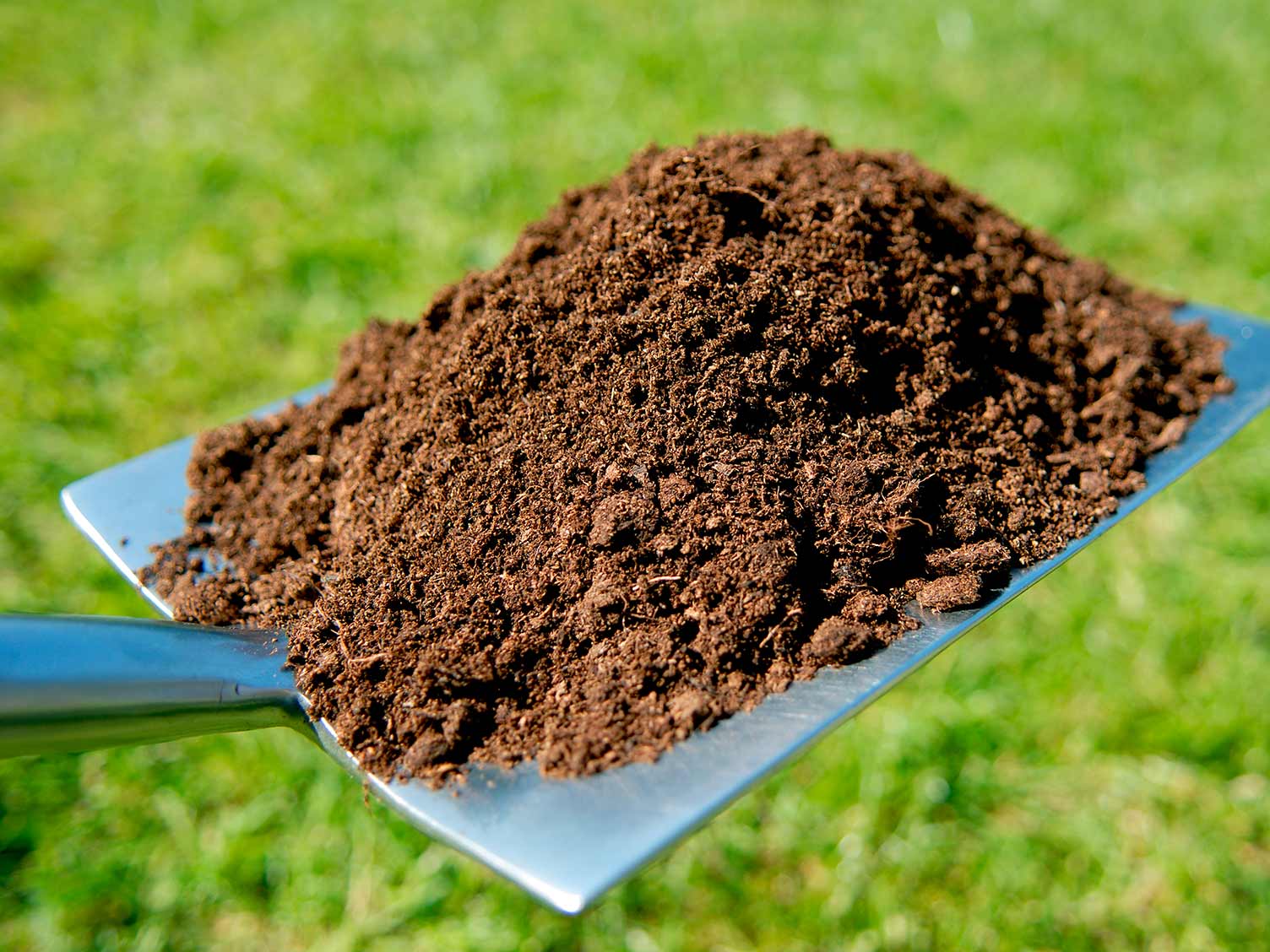
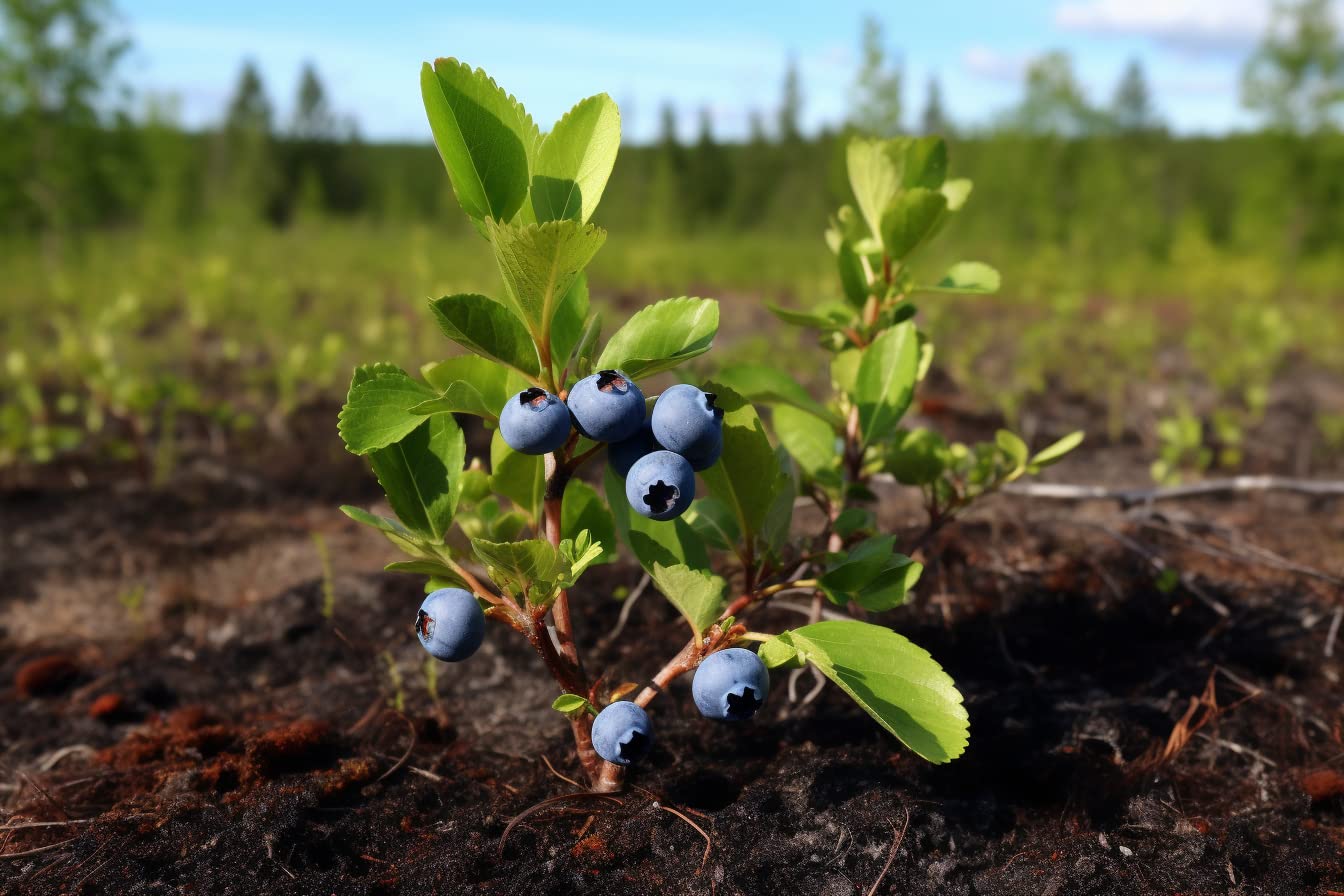

0 thoughts on “What Is A Good Soil Mix For Indoor Plants”